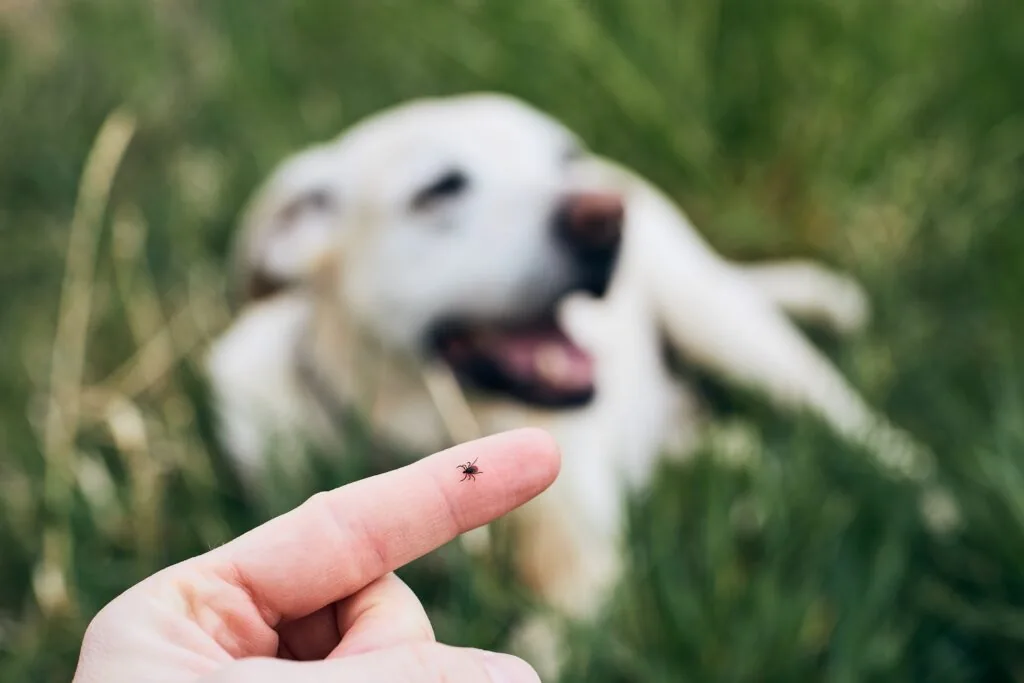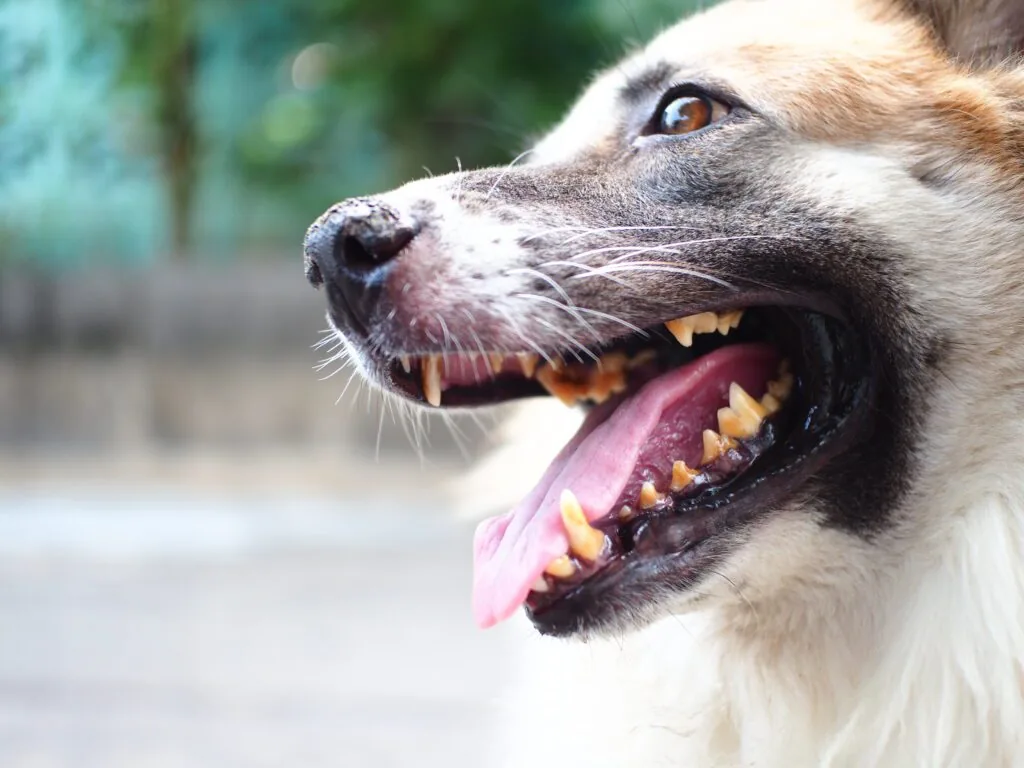Almost from birth, dogs learn to wag their tails to communicate different things. At one month old a dog will learn to communicate with its mother that he is hungry. He will also communicate through tail wagging if he wants to play with his littermates or if he is tired and wants to sleep.
People communicate well with words. Dogs communicate well by watching signs from other dogs and what they are communicating. This includes the tail wag and the many different messages it sends.
A dog communicates to you by wagging his tail. They communicate with humans and other animals but not all tail wags mean the same thing. This article highlights some of the different types of tail wags and what your dog is trying to say. Most people think a dog wagging his tail is simply a happy dog greeting you; however, it could mean something else. A dog will swish his tail right before he becomes aggressive. It is important to know what the tail wag means.
A Happy Tail Wag
If your dog is moving his tail from side to side and his body is moving as well, he will most likely seem relaxed and is just generally happy to see you. He will have a silly grin on his face, bright happy eyes, a relaxed mouth and a gentle pant. He is happy to see you. Faster panting and a faster tail wagging means he is excited. These are all good signs. You should be glad your dog is relaxed and happy to see you.
A Territorial Dog
If your dog is swishing his tail quickly back and forth, does not look relaxed and his body is erect and rigid he is telling you he is uncomfortable with something going on around him. Perhaps a predator is invading his territory. The tail may be low and wagging slowly or it could be high and rigid swishing back and forth. Something is making the dog uncomfortable. Be careful as the dog in on high alert and biting something or someone may not be out of the question.
To the Left or to the Right
A study was done on the direction a dog wags his tail. If the dog wagged his tail to the right, the dog seemed to be relaxed and non-stressed. However, if the dog wagged his tail to the left, it showed signs of being nervous, anxiety, and being stressed.
What Do Different Dog Tail Positions Mean?

Preparedness or Agitation
When dogs are alert, they stand with their ears up and their tails raised. They are ready for whatever caught their attention. They are watching and ready for whatever comes their way.
Negotiation
When a dog suddenly freezes and stops wagging his tail he usually might be being petted by a stranger and does not want to seem like a threat.
Aggression
If he arches his tail over his back and his body becomes rigid, he is being threatened by something and usually will become aggressive. The higher the tail, the higher the threat. Take this dog seriously. He is not playing around.
Submission
When the tail moves to a lower position and seems relaxed, he is not a threat and is acting submissive. If his tail is tucked between his legs, he is scared and maybe even pee a little. Curiosity is when the dog holds their tail in a strait horizontal position.
What Does the Wagging Speed of Your Dog’s Tail Mean?
Excitement
The faster the wag, the more the excitement. A tail may range from wagging very slow to extremely rapid, known as flagging.
Insecurity
A dog meeting a new person, or a new dog may wag his tail slightly showing that he is excited but a little insecure about what is happening.
Friendliness
A friendly dog will wag his tail whole heartily and maybe wag his body as well. He wants you to know he is happy to see you and you are making him happy with his entire being.
Aggression
A dog wagging his tail very fast may feel threatened and become aggressive. People have been bitten before with a dog wagging his tail. Recognize that not all tail wags are friendly.
It’s Important to Understand What Your Dog’s Tail Wagging Means
Just remember that dogs often communicate though tail wagging and the type of wagging – the speed, the position of the tail, the surroundings of the dog all come into play when communicating a message. One must look at the different wags from a dog to correctly decipher that message. Review the above signs and messages the dog is trying to convey to you. He is clearly speaking his language. The question is – do you understand how to read the message?
Remember, a wagging tail, while usually meaning “I am friendly”, is not always the case. You need to understand the meaning behind the wag. Is it fast? Slow? Rapid? Straight? Crooked? Tucked beneath the dog? What are the ears telling you? If a puppy at one month of age can communicate with its mother and its littermates then surely, we can learn the basic sign language of the tail and understand its meaning.
Dog Communication
Understanding the message of the wag can mean the difference of getting a friendly hug from your dog or it can mean an aggressive dog bite from a strange dog who was trying to tell you to back off as he was feeling threatened. Dogs communicate with us and with each other. Other dogs know how to read the cues from another dog very well as they have been training since birth. Humans can learn the language of the dog wag in order to read what is going on with that dog. Also, consider the dogs surroundings. Dogs feel most comfortable in their own home and yard but also can be very territorial of their surroundings if a stranger or dog would approach their territory, they might become stressed, aggressive or act differently.
Recent Posts
About Birch Lake Animal Hospital
The staff at Birch Lake Animal Hospital seeks to provide the best possible medical care for our highly-valued patients and clients.





